In this comment piece republished from INDESIGN #90, Woods Bagot’s Global Sustainability Leader in Los Angeles brings questions of equality to design in the climate crisis.

80 Ann Street, Brisbane.
February 1st, 2024
This article originally appeared in INDESIGN #90, the ‘City Futures’ issue – get your copy here.
The climatic difference between where I live and where I work in Los Angeles comes down to landscape and urban design. I live in a leafy neighbourhood, marked by gardens and exposed hillsides that create a relatively pleasant microclimate within the city. I work in the city centre, in a building surrounded by other buildings and parking lots and not too far from a riverbed that has been paved over with concrete.

By 2050, California’s State Climate Change Assessment projects my neighbourhood will have about 34 days each year when the ambient temperature exceeds 32˚C, while the streets around my office will experience nearly 77 days of the same extreme conditions. At any temperature over 32˚C, the body starts to experience stress to maintain healthy functioning—pumping more blood to the surface of your skin, conserving water through your kidneys. When you add in direct sun to this situation, not to mention significantly impacted air quality, you have the makings of a public health crisis.
Such climate projections are possible because we now have future weather data sets that have been developed by taking historical measured readings and morphed them based on climate change scenarios that model the way the planet’s climate could change this century due to humanmade emissions. Those emissions have already occurred, so we are living with a climate that will continue to surprise us every year – looking back is no longer useful in our circumstances. As the academic Timothy Morton wrote in his 2007 book, Ecology Without Nature, “it is very hard to get used to the idea that the catastrophe, far from being imminent, has already taken place.”

For those of us who can choose where we live or how we live, we can temper our environment to suit our needs, creating our own personal microclimates. We might have yards with trees, the means to air-condition our house whenever we want, or the ability to travel in our own car. For every neighbourhood like mine in Los Angeles, there are probably ten times as many neighbourhoods with no tree canopy, crossed with polluting freeways, and a working population dependent on a strained public transportation system with very little outdoor infrastructure to accommodate you while waiting.
Like many things in Western economies, climate can be privatised and turned into a privilege, rather than the traditional environmentalist view of climate as a shared resource.
Related: On AI, Metabolism and city futures

Design’s role is to chip away at this inequitable distribution of climate, even if only in small ways. If we always start a project with a climate study, we now know that is as much a cultural undertaking as it is an exercise in scientific observation and predictive analysis. What does our climate tell us about ourselves? Who are we designing the climate for and how will they use it?
Cities that already experience extreme climatic events have even more incentive to ask these questions. Woods Bagot’s recent work in Brisbane illustrates how architecture can reinforce our collective reliance on climate and natural systems, while significantly reducing the perceived benefit we may mistake from air conditioning. 80 Ann Street, which was honoured by the Greater Brisbane Regional Awards with the 2023 Lord Mayor’s ‘Brisbane Buildings that Breathe’ architecture prize, includes a broad, open ground floor that climatically transitions from the street and tree-lined footpath, into a mixed-mode ventilation common space that is naturally ventilated for most of the year. Even the casual pedestrian walking the block benefits from this contemporary take on a veranda, finding respite from Queensland’s tropical sun.
Woods Bagot’s residential projects in South Brisbane incorporate significant outdoor space for amenities, but they also make civic gestures that speak directly to these sorts of small climatic experiences that colour daily life.
A proposal for Cordelia Street incorporates a dramatic green wall at the street front. Replacing conventional architectural materials, which often absorb solar heat and induce warming in our cities, with a vertical landscape can not only improve ambient air temperatures but have also been shown to improve air quality. We find such climatic interventions attractive because they speak to our innate biophilic tendences, our subconscious identification with natural systems and materials.

There has been a shift in cities and within the sustainable design community in the last decade to focus more on risks, particularly major climate change events like intensifying cyclones or wildfire exposure. This bleeds into the realm of emergency disaster planning, which of course relies on the support of design and architecture.
Barring some massive technological breakthrough in climate engineering at the planetary level, I would argue it will be the small gestures and everyday design moves that connect us to climate and level the quality of that experience for all of us that is the bigger, mostly unrealised opportunity for architecture.
Woods Bagot
woodsbagot.com
Find out more about INDESIGN #90 and susbcribe here!
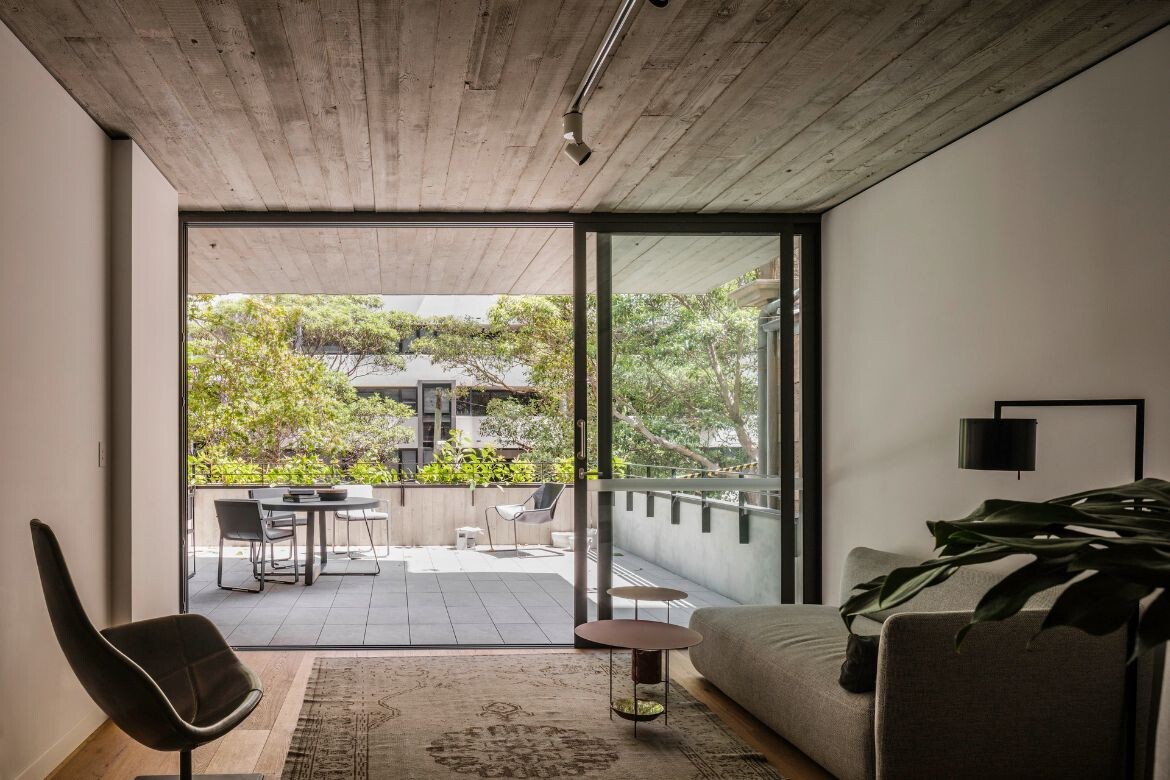

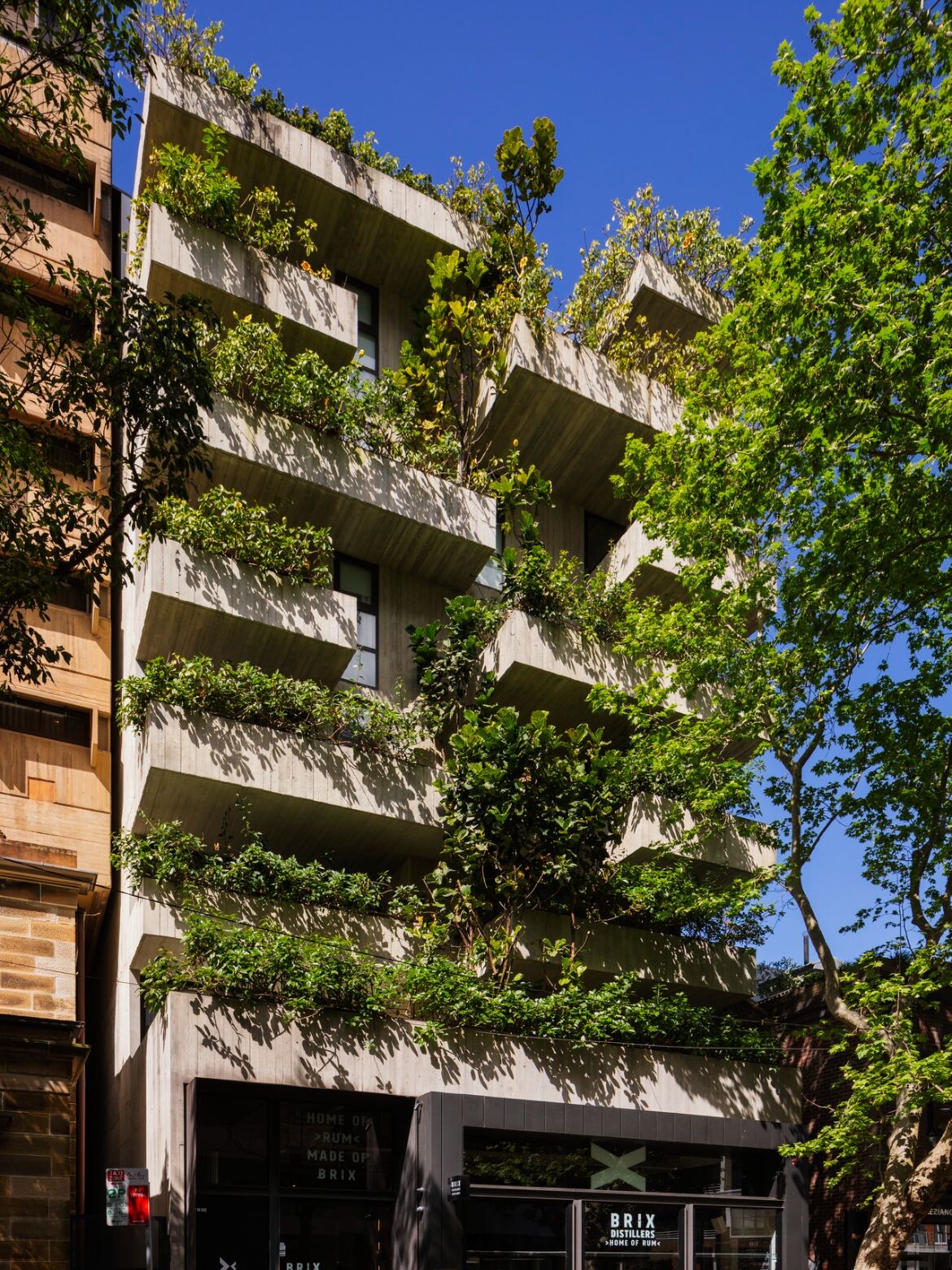
INDESIGN is on instagram
Follow @indesignlive
A searchable and comprehensive guide for specifying leading products and their suppliers
Keep up to date with the latest and greatest from our industry BFF's!

In an industry where design intent is often diluted by value management and procurement pressures, Klaro Industrial Design positions manufacturing as a creative ally – allowing commercial interior designers to deliver unique pieces aligned to the project’s original vision.

Merging two hotel identities in one landmark development, Hotel Indigo and Holiday Inn Little Collins capture the spirit of Melbourne through Buchan’s narrative-driven design – elevated by GROHE’s signature craftsmanship.
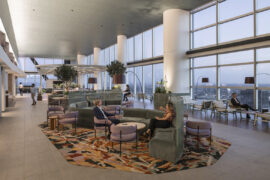
Designed by Woods Bagot, the new fit-out of a major resources company transforms 40,000-square-metres across 19 levels into interconnected villages that celebrate Western Australia’s diverse terrain.

In an industry where design intent is often diluted by value management and procurement pressures, Klaro Industrial Design positions manufacturing as a creative ally – allowing commercial interior designers to deliver unique pieces aligned to the project’s original vision.
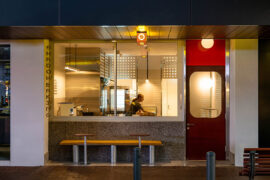
Working within a narrow, linear tenancy, Sans Arc has reconfigured the traditional circulation pathway, giving customers a front row seat to the theatre of Shadow Baking.

At the Munarra Centre for Regional Excellence on Yorta Yorta Country in Victoria, ARM Architecture and Milliken use PrintWorks™ technology to translate First Nations narratives into a layered, community-led floorscape.
The internet never sleeps! Here's the stuff you might have missed

At the Munarra Centre for Regional Excellence on Yorta Yorta Country in Victoria, ARM Architecture and Milliken use PrintWorks™ technology to translate First Nations narratives into a layered, community-led floorscape.

A calm, gallery-like boutique by Brahman Perera for One Point Seven Four brings contemporary luxury and craft to Strand Arcade.
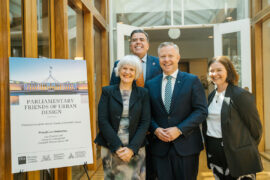
The Parliamentary Friends reconvened at Parliament House, uniting political and professional leaders to champion architecture and design.

The Simple Living Passage marks the final project in the Simple World series by Jenchieh Hung + Kulthida Songkittipakdee of HAS design and research, transforming a retail walkway in Hefei into a reflective public space shaped by timber and movement.